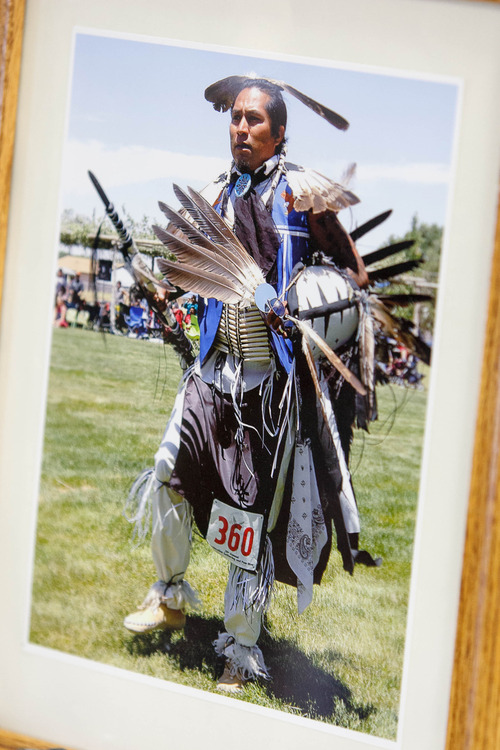This is an archived article that was published on sltrib.com in 2012, and information in the article may be outdated. It is provided only for personal research purposes and may not be reprinted.
A Millard County sheriff's deputy feared for his life and was justified in his use of deadly force against an unarmed man who led the deputy on a car chase before trying to choke him during a fistfight, an investigation by prosecutors concluded.
In a letter sent to the Sheriff's Office on Friday, Millard County Attorney Richard Waddingham cleared Deputy Dale Josse of any wrongdoing in the Oct. 15 fatal shooting death of Corey Kanosh.
The circumstances of the case support the contention that "Deputy Josse reasonably believed the use of deadly force was necessary to prevent death or serious bodily injury to himself," Waddingham wrote.
The county attorney's decision comes one day after Kanosh's family filed a wrongful-death lawsuit against Millard County, its sheriff and Josse in Salt lake City's U.S. District Court. The lawsuit seeks an unspecified amount of financial damages and answers to lingering questions about the shooting.
On Friday, the family's attorney Josh Baron said he had not yet seen Waddingham's letter to Sheriff Robert Dekker but was not surprised by the findings.
"This is kind of what we expected at this stage, but we still want to see the full police reports, the 911 tapes and the coroner's report," Baron said. "We're still open to the possibility that the deputy acted appropriately."
Baron said the family has no immediate plans to withdraw their federal lawsuit but may reach that conclusion once they are allowed access to all the relevant investigative information.
Baron had previously said that information gathered by his own investigators was "not lining up" with accounts of the shooting from police.
According to police, Kanosh's mother called 911 on Oct. 15 to report her son was intoxicated and had taken her car from the Kanosh Paiute Indian Reservation. Josse attempted to stop the car, but Kanosh and his passenger sped away. A chase ensued over paved and unpaved roads, with the car eventually stopping in the foothills east of the town of Kanosh, where the two men fled on foot.
According to Waddingham's letter, Josse told investigators he chased Kanosh on foot for about 200 yards and deployed a Taser in his attempt to stop the fleeing man. The Taser barbs got caught in Kanosh's clothing, the letter states.
Kanosh continued to run, but tripped and fell. Josse got on top of Kanosh, who attempted to wrestle free, raising himself up to standing, despite having the deputy on his back. Once upright, the men got into a physical altercation, the letter states.
"At that point, Kanosh grabbed Deputy Josse by the throat with one hand and wrapped the other hand around Deputy Josse's back," the letter states.
Josse told investigators that he ordered Kanosh to let go and hit Kanosh in the face with his flashlight, but he refused to let go. Josse said he became fearful that if Kanosh forced him to the ground he would be unable to defend himself and would be killed.
"As Deputy Josse began to stumble backward with Kanosh still gripping him, Deputy Josse dropped his flashlight, unholstered his duty weapon and fired two shots from a hip position," the letter states. "Deputy Josse then fell onto his back and Kanosh fell on top of him."
Reports from ballistics experts, who found Kanosh was shot at close range, and the medical examiner support Josse's account of the shooting, Waddingham's letter said.
@jenniferdobner



